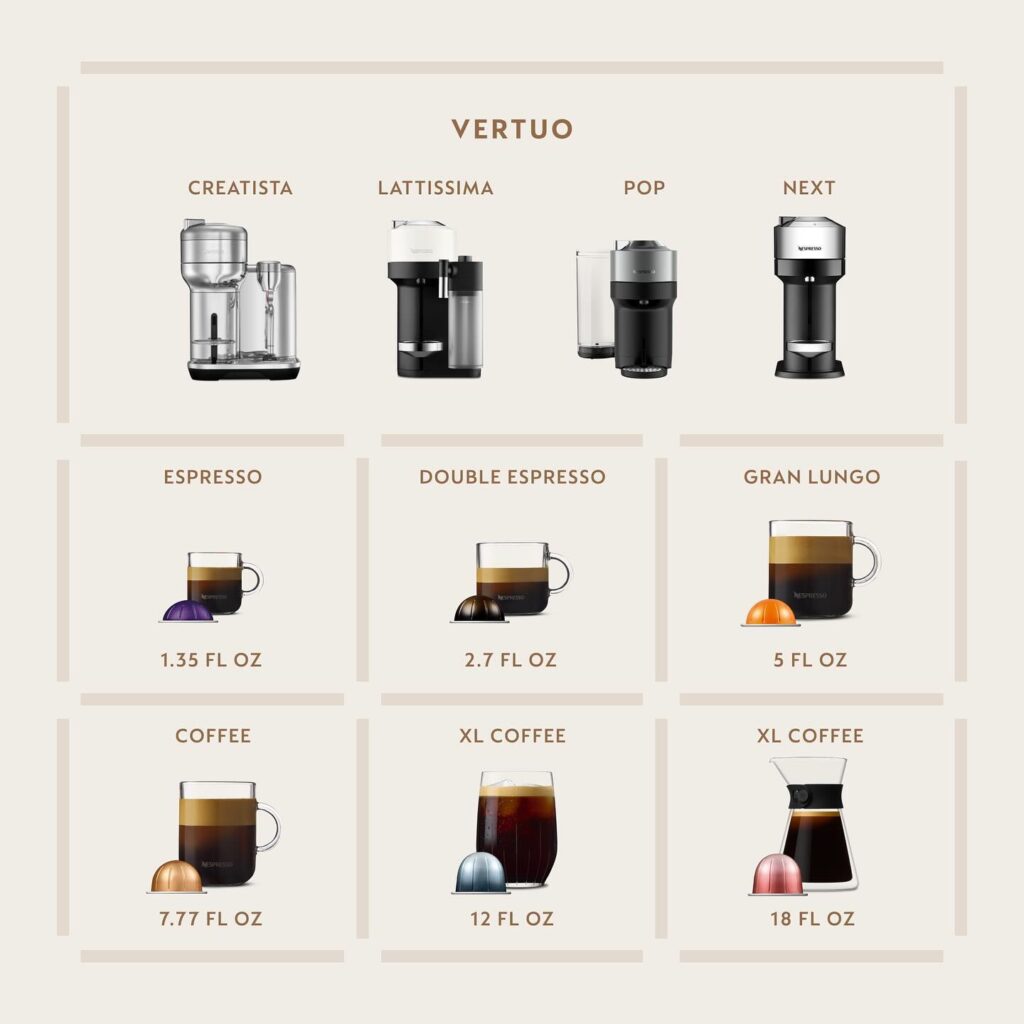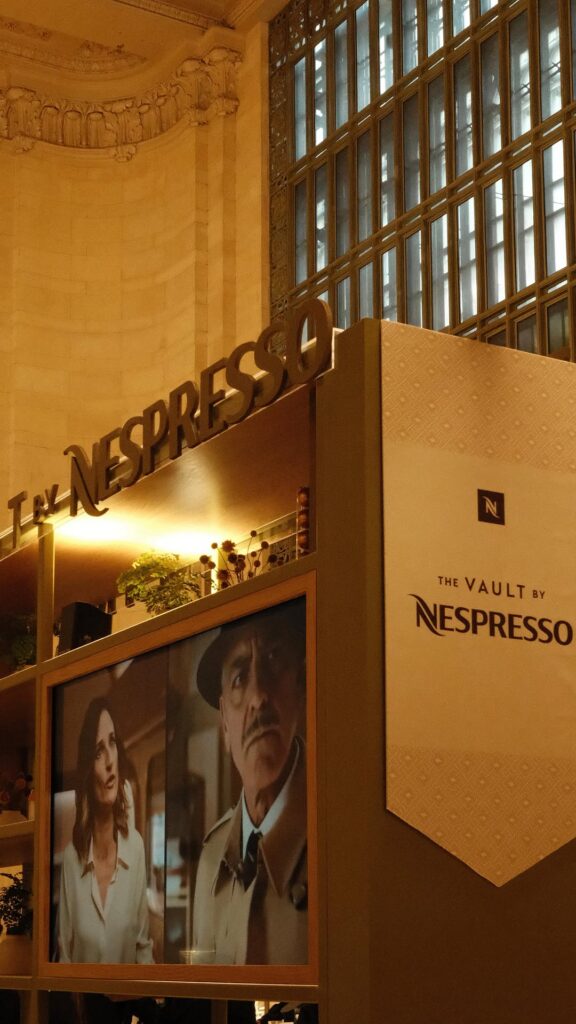The Rise of Nespresso: How Innovation and Strategy Brewed a Global Coffee Empire

The Rise of Nespresso: How Innovation and Strategy Brewed a Global Coffee Empire. From a simple idea to a household name, Nespresso has redefined the way people enjoy coffee worldwide. What started as an experimental concept within Nestlé evolved into a multi-billion-dollar brand known for its premium quality and exclusive experience. But Nespresso’s rise wasn’t immediate—its journey was marked by strategic reinvention, powerful branding, and relentless innovation. This article explores how Nespresso overcame early setbacks, built an aspirational image, and set new standards in the coffee industry, offering valuable lessons for entrepreneurs along the way.
The Humble Beginnings: An Idea That Took Time to Percolate
In the late 1970s, Eric Favre, a Swiss engineer at Nestlé, envisioned a new way to revolutionize coffee consumption. Inspired by the pressure-based extraction methods used by Italian baristas, he developed a system that could bring high-quality espresso into homes and offices with the ease of pushing a button. However, the idea initially struggled to gain traction within Nestlé’s conservative corporate structure.
For nearly a decade, Nespresso remained a niche concept, failing to capture mainstream appeal. It wasn’t until 1986 that Nestlé officially launched Nespresso as a separate subsidiary, focusing on premium single-serve coffee. Even then, success was far from instant. The brand struggled with distribution, consumer awareness, and pricing concerns. However, perseverance and a willingness to pivot became its defining strengths.

The Turning Point: Premiumization and the Club Model
Nespresso’s breakthrough came when it shifted its positioning from a mass-market coffee brand to a luxury lifestyle product. Instead of competing with traditional coffee brands, it targeted an affluent audience willing to pay for an elevated coffee experience. This led to two key strategic moves:
- The Nespresso Club – By introducing an exclusive club membership model, Nespresso cultivated brand loyalty and customer retention. Members received personalized service, access to limited-edition blends, and a sense of belonging to a premium community.
- The Boutique Retail Experience – Rather than relying solely on supermarkets, Nespresso pioneered standalone boutique stores, creating an immersive brand experience. This allowed it to control pricing, presentation, and customer engagement, much like luxury fashion brands.
Marketing Mastery: The Power of Storytelling and Celebrity Endorsements
Nespresso understood early on that a great product alone wasn’t enough; storytelling and branding were crucial. The company crafted an aspirational image through sleek product design, high-end packaging, and sophisticated advertising campaigns. One of its most impactful moves was enlisting George Clooney as a brand ambassador in 2006.
Clooney’s charm, elegance, and global appeal reinforced Nespresso’s luxury positioning. The now-iconic tagline, “What else?”, encapsulated the brand’s exclusivity and refined taste. This strategy not only boosted awareness but also solidified Nespresso as a premium coffee experience rather than just a beverage.

Overcoming Challenges: Sustainability and Competitive Pressure
As Nespresso’s popularity soared, so did concerns about environmental impact. Single-use coffee pods faced criticism for contributing to waste. In response, the company introduced recycling programs, eco-friendly capsules, and commitments to sustainable coffee sourcing through the AAA Sustainable Quality™ Program.
Additionally, competition intensified as rival brands and generic capsule manufacturers entered the market. To maintain its edge, Nespresso continued to innovate, expanding its range with the VertuoLine system, which catered to North American preferences for larger coffee servings. This adaptability allowed it to defend its market leadership.
Global Expansion: Bringing the Experience to Every Corner of the World
With its strategic branding, superior product quality, and exclusive retail approach, Nespresso expanded globally. By 2020, it had a presence in over 80 countries with more than 700 boutiques worldwide. The direct-to-consumer approach, paired with digital marketing and e-commerce growth, enabled the brand to build a strong omnichannel presence..

Lessons for Entrepreneurs: What Can Be Learned from Nespresso’s Journey?
- Define Your Unique Value Proposition – Nespresso didn’t try to compete with traditional coffee makers; it carved out a niche in premium single-serve espresso.
- Invest in Brand Storytelling – A strong brand identity, coupled with high-profile endorsements, can elevate a product beyond just its functional benefits.
- Adapt to Consumer Preferences – From boutique retail to sustainability efforts, Nespresso continuously evolved to meet customer expectations.
- Create an Exclusive Experience – The Nespresso Club fostered customer loyalty by making consumers feel part of something special.
- Balance Innovation with Sustainability – Addressing environmental concerns proactively helped protect the brand’s reputation and long-term viability.
Conclusion: Brewing Long-Term Success
Nespresso’s rise to global dominance wasn’t accidental; it was a result of innovation, strategic positioning, and relentless brand-building. From overcoming early struggles to redefining coffee culture, its journey offers invaluable lessons for entrepreneurs looking to disrupt their own industries. By prioritizing quality, exclusivity, and sustainability, Nespresso has proven that a great product, backed by a compelling brand story, can turn an idea into an empire.




